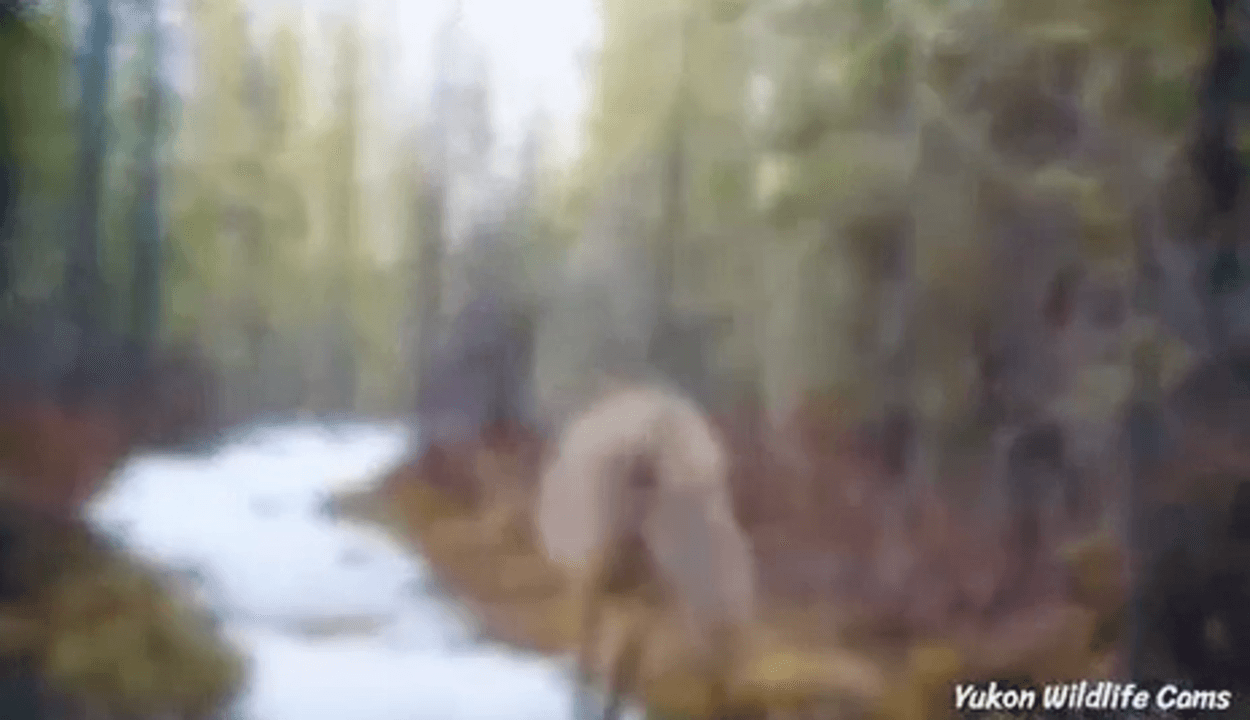
Labrodors – great hunters, even if they hunt mushrooms. Labrador is hunting dog, so … If a Labrador is picking mushrooms, it's called hunting anyway, just mushroom hunting. "Truffle hunters" are looking for an underground mushroom by smell. Everyone knows that pigs have traditionally been used in this field. But these, undoubtedly, the smartest animals have a big drawback: greed. They know about truffles in about the same way as they do about oranges. Having found a precious mushroom, the pig devours it without a twinge of conscience – if the owner does not have time to take it away. Any dog with a little sense of smell can easily sniff out the strong smell of a ripe truffle and indicate its location, without having to dig it up and devour it, as trained pigs do. In addition, it is somehow more convenient for an intelligent urban truffle collector to keep a dog in an apartment than a pig. Labradors once again hold the title of the main good boys, this time in the hunt for truffles, beating even the hounds from Italy and France. Dogs undergo serious training. This course of study can be called "Truffle Dog University." If before it was necessary to hire a special truffle trainer, now you can try to teach your Labrador yourself. Nina Roe, Labrador Oscar's owner, noticed his talent for hunting truffles when he was a puppy. At 14 weeks old, she began to train him on YouTube lessons, and even then the dog found all the pieces of mushrooms that Nina hid around the house. The treats motivated him greatly, and soon Labrador Oscar went on his first informal hunting trip to the nearest forest. The result was excellent — every 10-20 seconds he returned with a mushroom, and in total the "harvest" reached half a kilogram. By the way, Nina Roe herself is a chef from Sufflock, she produces truffle salt and oil, and also provides truffle search services. Needless to say, Labrador Oscar turned out to be the best business partner?
Post: 11 January 01:13












